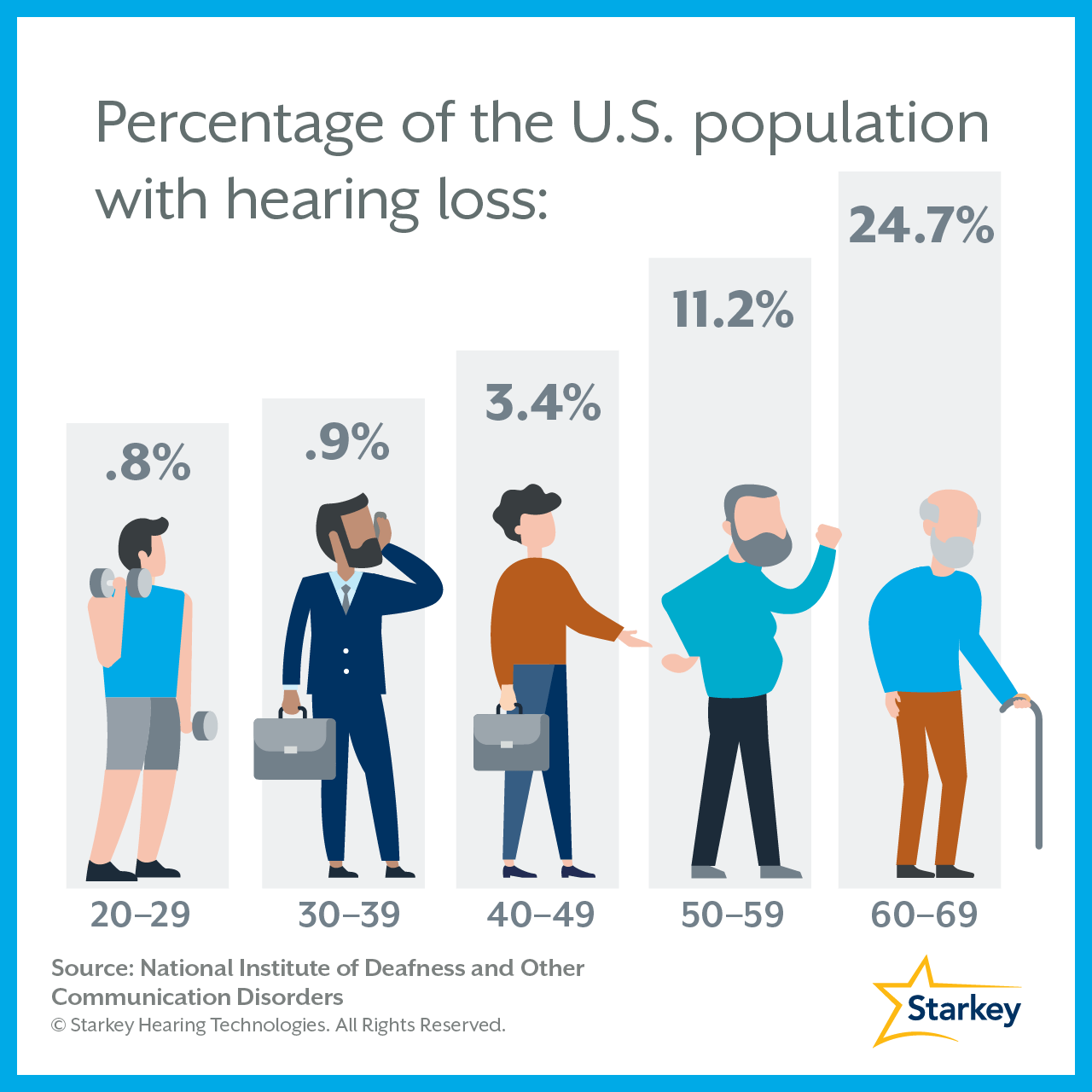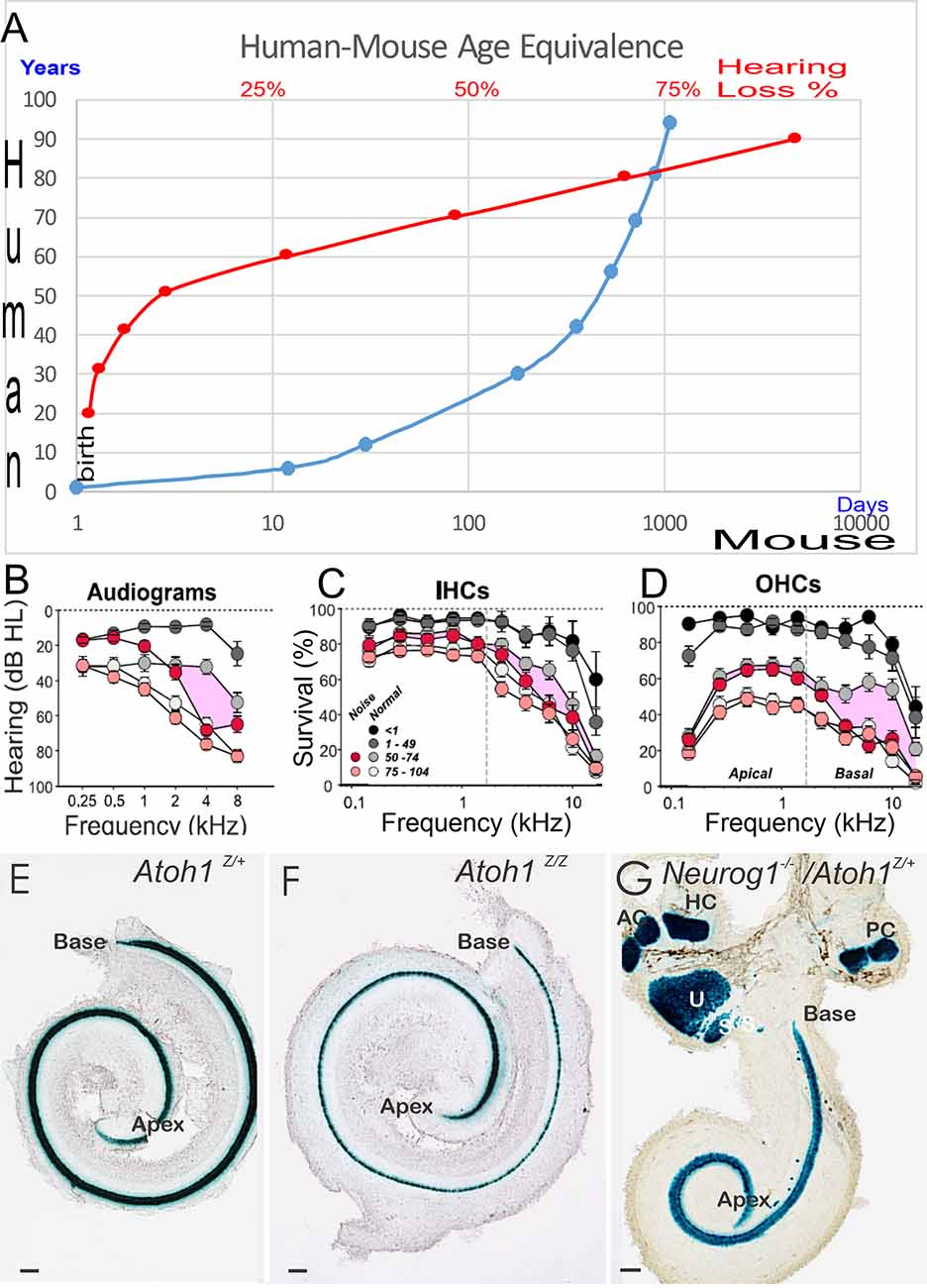

In the speech discrimination test, a patient is presented with a range of phonetically balanced words.

In addition, a test of the patient’s ability to understand spoken words can be performed. Tympanometry can complement the pure tone audiogram by assessing the compliance and mobility of the middle ear system. SNHL is defined by equal air and bone conduction thresholds higher than 25 Db. On the audiogram, CHL is depicted as an air-bone gap. CHL results from any barriers that inhibit sound transmission along this pathway, which may include cerumen impaction, middle ear fluid or a TM perforation. 6 Air conduction measures the ability of the external and middle ear to transmit sound to the cochlea. It allows for independent thresholds to be determined in each ear, for air conduction (conductive hearing) and bone conduction (sensorineural hearing). Pure tone audiometry is used to assess hearing loss in adult patients. In the absence of a simple and correctable cause for hearing loss, consider referring the patient to an audiologist and/or otolaryngologist for further investigation with audiometry and imaging. 4 Tuning fork tests should be used to help differentiate between conductive hearing loss (CHL) and sensorineural hearing loss (SNHL). 4 The tympanic membrane (TM) should be examined for integrity, translucency and mobility to assess the presence of any middle ear disease.

The external auditory canal (EAC) should be examined for obstruction by cerumen or a foreign body, and for evidence of inflammation and infection, which could be suggestive of otitis externa. 4 Physical examinationĪ physical examination with attention to the anatomical structures of the ear and aided by otoscopy is essential. 4 Chronic medical conditions such as atherosclerosis, diabetes and kidney disease are also important to note, as well as the use of ototoxic medications such as loop diuretics, aminoglycoside antibiotics and cisplatin chemotherapeutic agents. Patients should also be asked about a history of chronic otalgic infections, previous otalgic surgery and chronic exposure to traumatic levels of noise. whether there are associated symptoms such as tinnitus or vertigo.whether it is unilateral or bilateral in nature.Clinical presentationįor elderly patients presenting with hearing loss, it is important to first identify: His medical history is significant for hypertension, which is well controlled by perindopril. He is also having difficulty following conversations and understanding speech. She is concerned about his hearing and reports that he often increases the television volume and chooses subtitles for greater comprehension. Mr XY, 80 years of age, has come to see you with his wife.


 0 kommentar(er)
0 kommentar(er)
